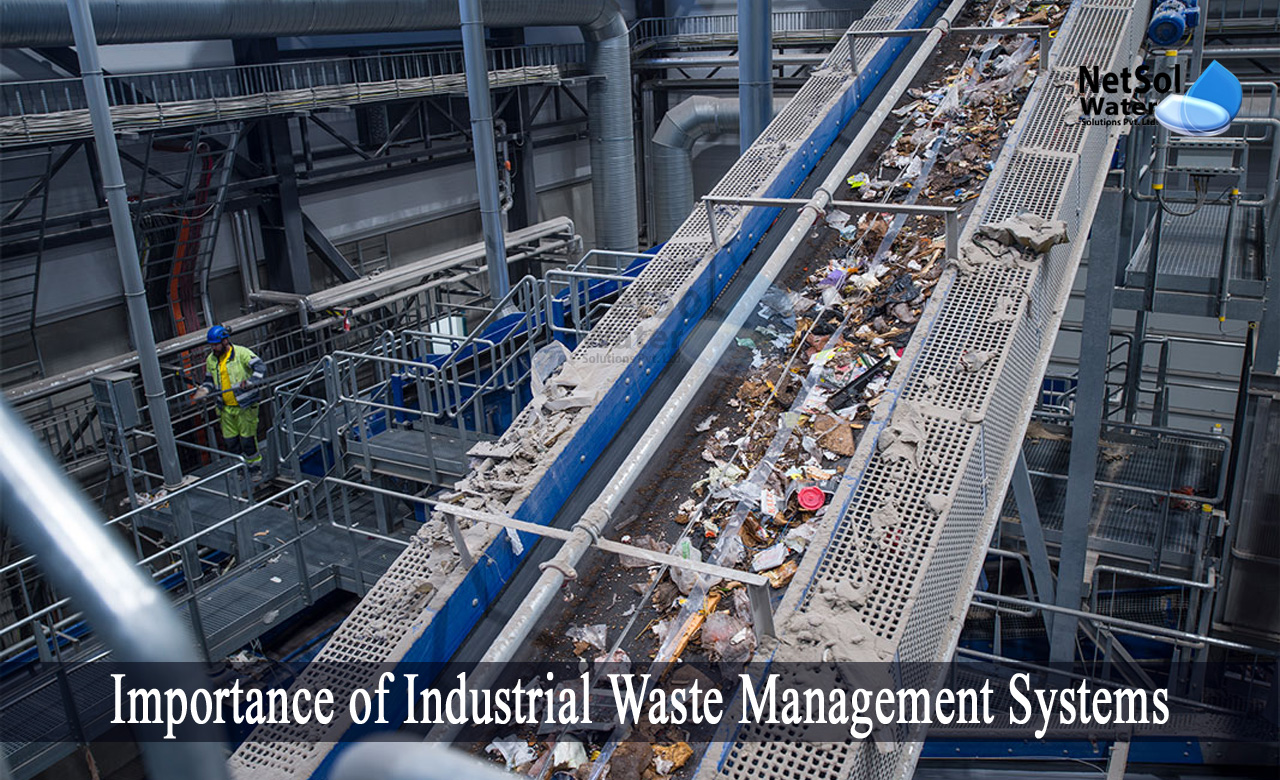Some Known Questions About Reclaim Waste.
Some Known Questions About Reclaim Waste.
Blog Article
3 Easy Facts About Reclaim Waste Shown
Table of ContentsReclaim Waste Can Be Fun For AnyoneSome Known Details About Reclaim Waste Unknown Facts About Reclaim WasteThe Only Guide for Reclaim WasteThe Ultimate Guide To Reclaim Waste
Domestic sewer waste refers to the waste and products from a household septic tank. The correct administration and disposal of residential sewage waste call for liquid waste to be transferred to a sewer treatment plant where the correct methods and devices are applied to detoxify and dispose of waste.
Commercial waste commonly includes possible hazards, such as flammable materials or a mix of fluid and solid waste items, and calls for an advanced and detailed disposal process. The disposal of business waste commonly involves the filtering of waste prior to transportation to make sure secure and proper disposal. Hazardous waste is developed from results and runoff of commercial procedures and manufacturing.
This sort of waste can not use the very same sewer management transportation or procedures as septic or business fluids. The commercial waste management process needs the examination and screening of fluid waste before it goes through the disposal process (liquid waste disposal melbourne). Runoff waste is the liquid waste that comes from overflow and excess stormwater in extremely booming locations or cities
Runoff waste can cause contamination and flooding if not dealt with appropriately. Making sure appropriate waste management can protect against calamities and minimize environmental injury.
All about Reclaim Waste
Contact PROS Solutions today to discover our waste management and disposal services and the correct methods to care for the fluid waste you generate.
(https://www.find-us-here.com/businesses/Reclaim-Waste-Laverton-North-Victoria-Australia/34166924/)This supposed 'wastewater' is not just a crucial resource however, after therapy, will certainly be launched to our land, rivers or the ocean. Utilized water from commodes, showers, bathrooms, kitchen area sinks, laundries and commercial processes is recognized as wastewater.

water used to cool down machinery or clean plant and tools). Stormwater, a type of wastewater, is drainage that flows from farming and urban locations such as roofings, parks, gardens, roads, paths and rain gutters into stormwater drains, after rainfall. Stormwater flows unattended directly to regional creeks or rivers, eventually reaching the sea.
Not known Facts About Reclaim Waste
In Queensland, most wastewater is treated at sewage treatment plants. Wastewater is moved from domestic or industrial sites through a system of drains and pump terminals, recognized as sewage reticulation, to a sewer treatment plant. City governments construct, keep and run most sewer treatment plants. Operators are accredited under the Environmental Defense Act 1994 to release cured wastewater at an appropriate ecological requirement into waterways.
The Division of Natural Resources suggests city governments about managing, operating and maintaining sewerage systems and therapy plants. In unsewered locations, local governments may require homeowners to set up individual or family sewer treatment systems to treat domestic wastewater from toilets, cooking areas, washrooms and laundries. The Division of Natural Resources authorises making use of home systems when they are shown to be efficient.
A lot of stormwater gets no therapy. In some brand-new communities, treatment of some stormwater to get rid of clutter, sand and gravel has started utilizing gross pollutant catches. Wastewater treatment takes place in 4 stages: Gets description rid of solid issue. Bigger solids, such as plastics and other items incorrectly released to sewage systems, are eliminated when wastewater is passed via screens.
Wastewater then moves into big tanks where solids clear up and are removed as sludge. Grease and scum are skimmed from the surface area. Uses little living microorganisms referred to as micro-organisms to break down and get rid of staying liquified wastes and great bits. Micro-organisms and wastes are integrated in the sludge. Gets rid of nitrogen and phosphorus nutrients that could trigger algal blooms in our rivers and intimidate aquatic life.
7 Easy Facts About Reclaim Waste Explained
Nutrient removal is not offered in any way sewer therapy plants due to the fact that it calls for pricey specialized tools. It is becoming much more typical in Queensland. Clear liquid effluent created after therapy might still have disease-causing micro-organisms. If this effluent is launched into rivers such as rivers or the sea, the micro-organisms will ultimately die out.

The majority of wastewater flows right into the sewerage system. Under the Act, neighborhood federal governments administer authorizations and permits for ecologically relevant tasks (Ages) involving wastewater launches that could have a regional influence.
The Ultimate Guide To Reclaim Waste
Surveillance gives valid details about water quality and can confirm that licence conditions are being satisfied. The info acquired via surveillance provides the basis for making water quality decisions.
Report this page